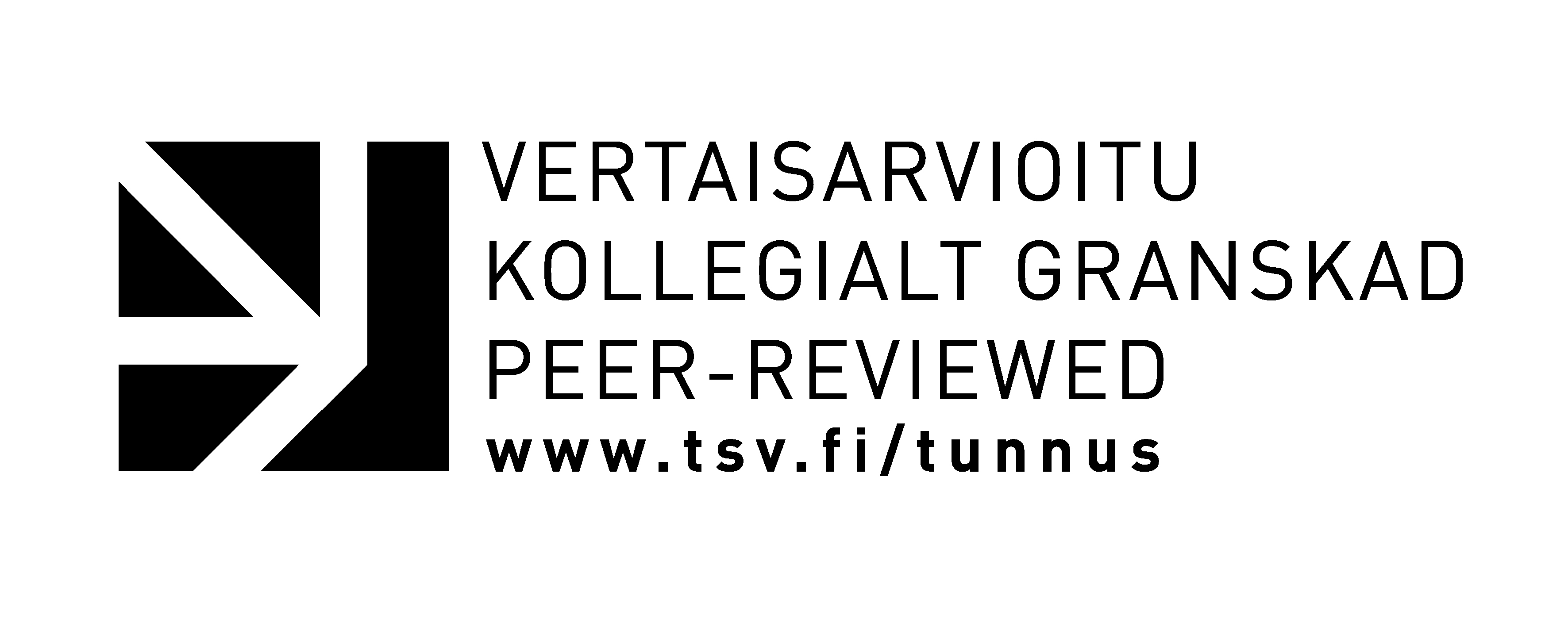The well-being effects of localized multi-level environmental governance: Case of Kilpisjärvi
Abstract
Equality among stakeholders and sustainable environmental impacts are important themes for good environmental governance. Good governance is a tricky theme to address as localized environmental decision making is deeply connected to issues and actors at various governance levels, from the local to the global, embedded with power relations. The examined case of Kilpisjärvi also includes issues from various governance levels and involves contested relationships between stakeholders. The aim of this paper is to examine the Kilpisjärvi case in order to identify: 1) How key governance problematics originating from various levels are manifested in local level land use decision making; 2) What kinds of implications these problematics may have on local well-being; and 3) How good governance can be enhanced regarding these identified problematics. The Kilpisjärvi case illuminates the complexities associated with
local environmental governance. The key stakeholders in the area are Sámi reindeer herders, tourism entrepreneurs, local inhabitants, land use governance officials, and protected area management officials as well as scientists. The lessons learned relate to: 1) Enhancing the environmental sustainability of herding and understanding different conceptualizations on what “environmental sustainability” actually means; 2) Enhancing the dialogue between land users to increase social capital among stakeholders; 3) Clarifying the position of Sámi as indigenous people, 4) Clarifying local rights and ways to structure stakeholder interaction in order to increase the possibility for action and self-determination at the local level; and 5) Enhancing the transparent link between international guidelines and local practices and highlighting international guidelines, such as Akwé: Kon, to increase a local sense of being respected by external actors. Only by considering tangible environmental impacts and the well-being implications of governance can scholars make concrete proposals on how to enhance the sustainability of localized multi-level governance.







